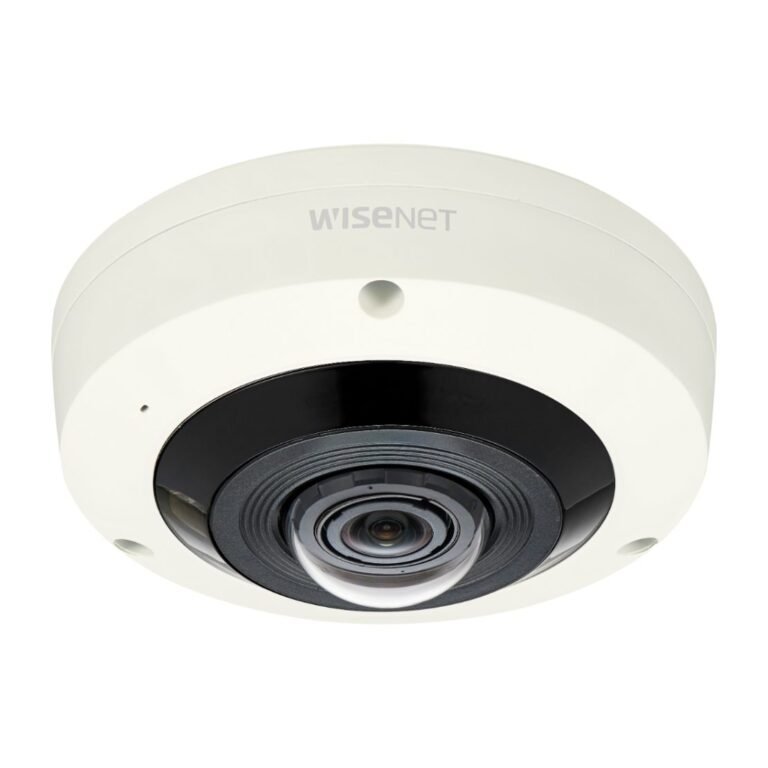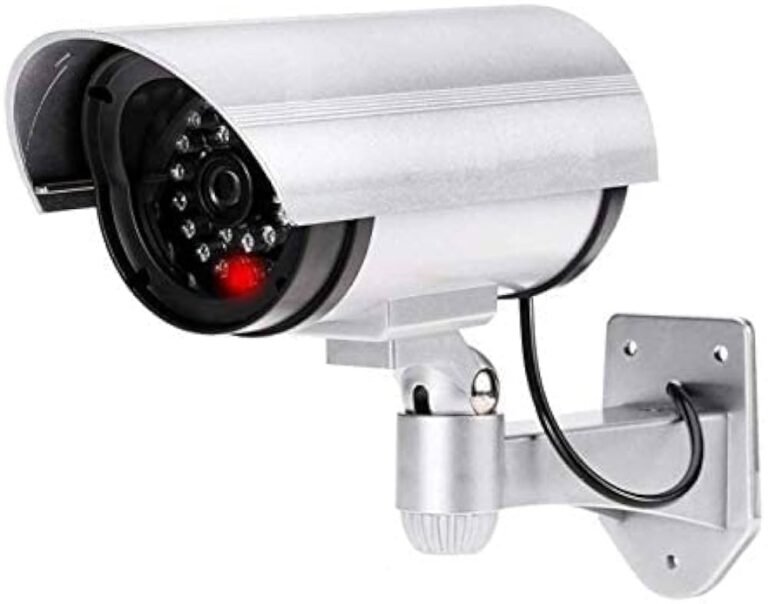Ontdek de voordelen van Fish Eye-beveiligingscamera's

Op zoek naar de beste fisheye-beveiligingscamera's voor volledige dekking? Bekijk deze topkeuzes. Ten eerste is er een camera met ultrahoge resolutie en geavanceerde lenstechnologie, die verbluffende helderheid en eenvoudige installatie biedt. Ten tweede, overweeg een camera die bekendstaat om zijn ongeëvenaarde betrouwbaarheid...

